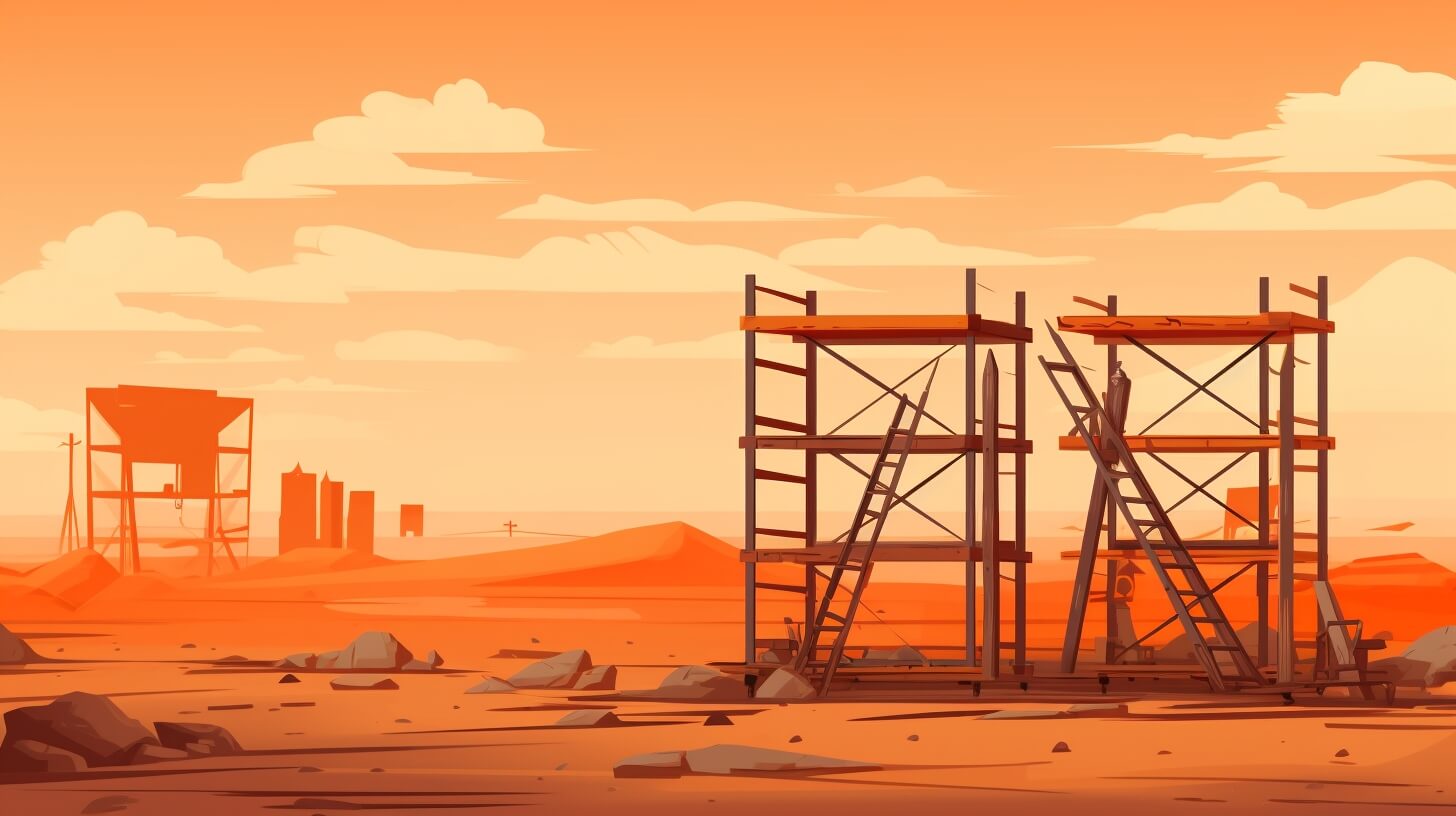
We are reader-supported. When you buy through links on our site, we may earn an affiliate commission.
Construction makes up a significant portion of the world’s gross domestic product. In the United States, the industry represents 4.1% of the country’s GDP, with industry experts expecting it to be worth more than $1.5 billion by 2023.
While necessary, construction is also one of the biggest contributors to environmental damage in ecosystems worldwide. This needs to change for the sake of the Earth’s health. What changes can the industry make to reduce the negative impact of construction on the environment?
Some Sobering Statistics
Despite only accounting for 4.1% of the United States of GDP, the construction industry is responsible for a large percentage of the country’s pollution every year. According to recent research, the construction sector is responsible for:
- 23% of air pollution
- 50% of climate change
- 40% of drinking water pollution
- 50% of landfill waste
- 40% of all energy usage
That energy usage is expected to increase by 1.8% by 2030 as new construction starts to accelerate. In addition to these statistics, construction can damage land by drastically changing its shape, or killing local flora and fauna. What are the biggest environmental threats created by the construction industry, and how can new and existing companies address them?
1. Energy Waste
The construction industry uses up roughly 40% of the energy produced in the United States annually and produces associated greenhouse gas emissions. The easiest way to overcome these challenges is to focus on techniques and materials that utilize less energy and generate fewer CO2 emissions. The push toward creating more sustainable buildings is already helping here. The growth of prefabricated and modular structures is also reducing energy waste across the industry.
2. Water Scarcity
Whenever ground gets broken for a new structure, there is the chance that rainfall or water used on the jobsite can carry away soil and sediment, as well as any other chemicals used during the construction process. This will end up in local waterways, and depending on the location, can put everything from ecosystems to drinking water at risk. Construction companies need to enact strict rules to prevent or stymie runoff from their jobsites to keep their new projects from damaging the environment.
3. Ecosystem Damage
Water supplies aren’t the only thing at risk when breaking ground for a construction project. Anytime a new home or building goes up, it takes the place of natural ecosystems, pushing native flora and fauna out of their homes. Construction companies need to assess the impact their project will have on the local ecosystem and take steps to prevent at-risk plant and animal species from being driven that much closer to extinction.
4. Flooding Risk
So much of the world is covered with asphalt and concrete these days. Many people seem to overlook that these common construction materials can increase an area’s flooding risk. Concrete isn’t porous and doesn’t allow water to seep into the ground naturally. This can cause regions that might not otherwise be prone to flooding to accumulate water.
One recent example is what happened in Houston in the wake of Hurricane Harvey in 2017. To combat this, cities around the globe have started increasing the number of green spaces within their borders to give rainwater a place to escape.
How to Reduce the Impact of Construction on the Environment
The goal isn’t to make the construction industry more difficult or to put companies out of business. Rather, it’s to make the sector more sustainable while reducing its impact on the planet. These steps have far-reaching consequences, but they will lessen waste and pollution created by all the construction projects that happen every year.







